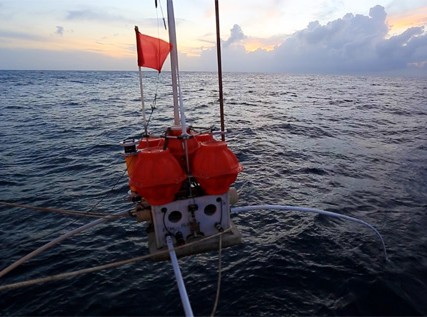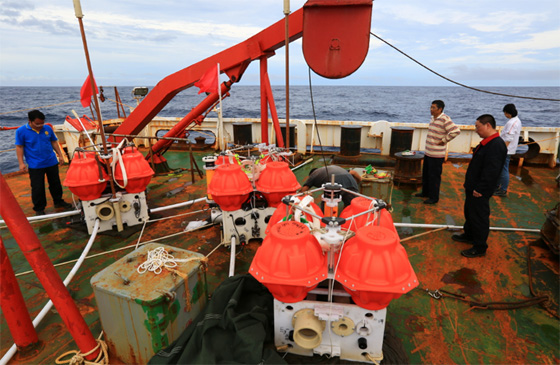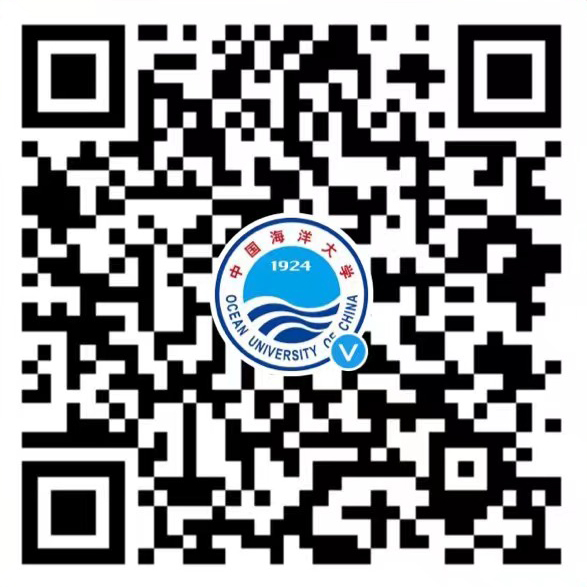
Seafloor Electromagnetic Receivers are deployed in the sea
The Ocean University of China (OUC) has successfully completed sea trials of its first group of Seafloor Electromagnetic Receivers , designed to efficiently seek out oil and gas reservoirs.
These three seafloor electromagnetic receivers developed by Prof. Li Yuguo and his research team concluded their 1000-meter deep sea trials in China’s southern seas on Jan. 5, 2015, marking great progress in its initial stage in the development of equipment for the electromagnetic prospection system.
The seafloor electromagnetic receivers were put on board a research vessel for the sea trials at the end of 2014. Despite limited time and harsh sea conditions, Prof. Li and his research team succeeded in deploying, navigating and recovering the instruments, obtaining the test data, verifying the operation procedure of the system, and accumulating experience for the future scientific research.
The 1000-meter sea trial aims to test the reliability and stability of the overall design of the three instruments as well as the performance of each unit. According to the work plan, Prof. Li’s research team will choose a proper time to conduct a 4000-meter sea trial.
In recent years, the international marine hydrocarbon exploration and production community has witnessed a remarkable progress in the survey of seafloor oil and gas reservoirs using the controlled-source electromagnetic method. This technology can identify resistive gas and oil reservoirs which can improve the success rate in oil drilling.
The seafloor electromagnetic receivers collect the electrical and magnetic data from the deep sea to detect the electrical resistivity structures below the seafloor. The electromagnetic data logger, framework design, releasing device, recovery beacon, and the overall integration of the equipment have independent intellectual property rights.
A high dynamic range, high gain amplifier unit and a high precision clock unit, specially designed for detecting weak signals, were added to the data logger. This improved the instrument by giving it high-speed storage, low power consumption, a wide frequency range of signals, and low noise floor. It works well for collecting weak signals.








